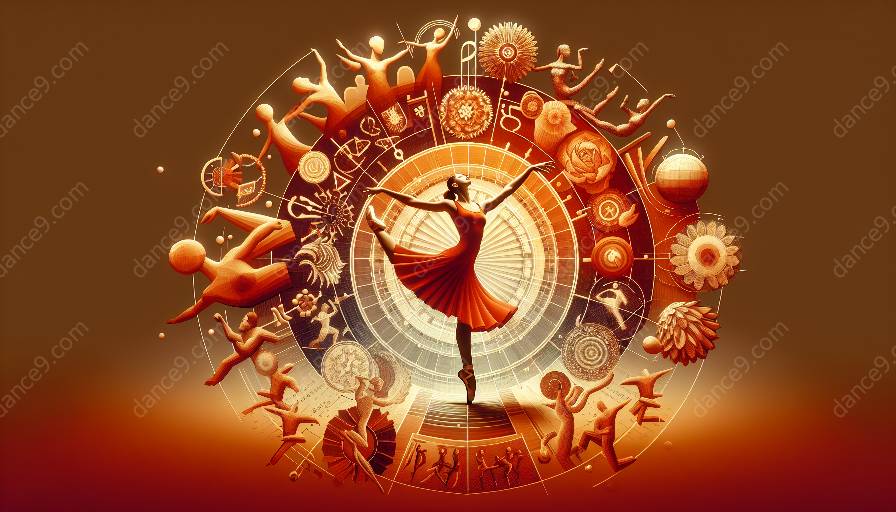Dance serves as a powerful form of expression that transcends language and culture, playing a significant role in reflecting and challenging power dynamics within societies. This article delves into the fields of dance anthropology and dance studies to explore how dance serves as a cultural and political force, impacting and reflecting the power dynamics of various societies.
The Cultural Significance of Dance
Dance holds a central place in the cultural fabric of societies around the world. It serves as a means of transmitting traditions, values, and beliefs, reflecting the social structure and power dynamics within a community. Through dance, individuals and communities express their identities, beliefs, and struggles, making it a potent tool for challenging existing power structures.
Dance Anthropology: Understanding Societal Power Dynamics
Dance anthropology delves into the study of dance as a cultural practice, examining the ways in which it reflects and challenges power dynamics within societies. By analyzing the movements, rituals, and symbolism present in various dance forms, anthropologists gain insights into the power relations, gender dynamics, and social hierarchies within different cultures.
Anthropological research often reveals how certain dances are used to reinforce existing power structures, while others serve as a form of resistance, challenging societal norms and expectations. Through the lens of dance anthropology, scholars uncover the ways in which dance embodies and confronts power dynamics, shedding light on the complexities of human interactions and social systems.
Dance as a Political Force
Beyond its cultural significance, dance also serves as a political force, particularly in societies where power dynamics are contested or in flux. Whether in the form of protest movements, ceremonial rituals, or artistic expressions, dance has been a tool for challenging authority and advocating for change. Through choreographed movements, symbolism, and collective participation, dance can become a platform for expressing dissent, solidarity, and resilience against oppressive power structures.
Challenging Gender Norms Through Dance
One area where dance notably intersects with power dynamics is in the realm of gender. Many traditional dance forms have been used as a means of perpetuating gender norms and reinforcing social hierarchies. However, dancers and choreographers have also harnessed the art form to challenge and subvert these norms, leading to the emergence of feminist and LGBTQ+-inclusive dance movements.
By deconstructing traditional gender roles and embracing diverse expressions of identity, dance becomes a site for challenging entrenched power dynamics related to gender and sexuality. Through performances and embodied narratives, dance offers a platform for individuals to confront and reshape societal perceptions, paving the way for more inclusive and equitable power dynamics.
Global Perspectives on Dance and Power
Across different cultures, dance assumes varying roles in expressing and challenging power dynamics. From traditional indigenous dances that celebrate the resilience of marginalized communities to contemporary urban dance movements that voice the experiences of disenfranchised youth, the power of dance as a medium for social and political commentary is undeniable.
Dance studies provide a platform for examining these diverse perspectives, facilitating cross-cultural dialogue and understanding. By integrating the insights of dance anthropology and the critical lens of dance studies, scholars are better equipped to comprehend the multifaceted nature of power dynamics as they intersect with dance practices worldwide.
Closing Thoughts
In conclusion, dance plays a crucial role in expressing and challenging power dynamics within societies. Through the lenses of dance anthropology and dance studies, we gain a deeper understanding of how dance serves as a reflection of societal norms and an agent of transformative change. From the cultural significance of dance to its capacity as a political force, the intricate relationship between dance and power dynamics continues to fuel scholarly inquiry and creative expression, shaping the narrative of human experience across the globe.

















